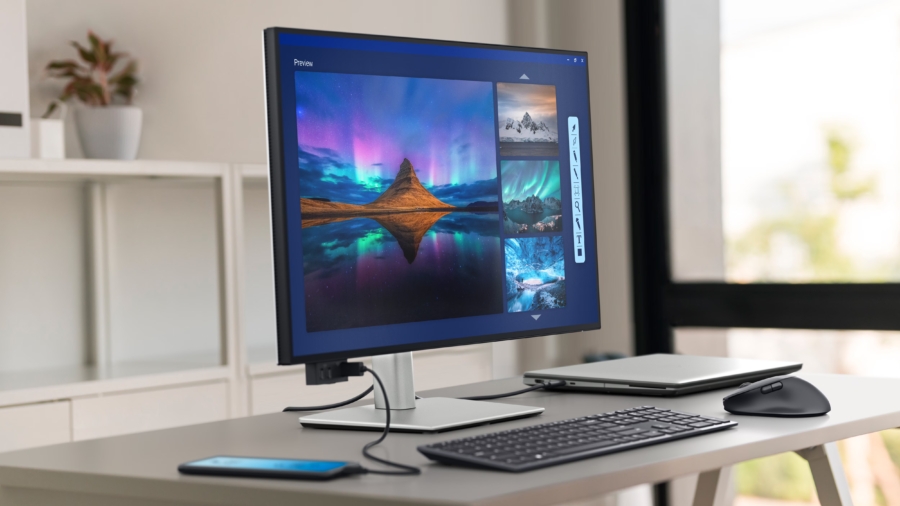Dell U2725QE Spiel: Lost in Reviews
There is something to be said about the quality of display reviews, scientifically examining the manufacturers’ claim against how it actually performs. I don’t have equipments, let alone methodologies, to test the claims like many of those reviewers do. As far as I know, most of the better known brands don’t let the customers suffer from the indignity that is the background check — of buying and trusting a monitor.
My choice of picking Dell off the shelves came primarily from two reasons: first, I wanted a monitor from an established brand that is already reviewed and studied, and two, if it were to be believed or to be trusted, I needed their customer support to be reliable. Quite frankly, the best case scenario would be never needing to call the support, but if I do receive a lemon, I did hear it can get complicated rather quickly.
U2725QE is not the most popular product from Dell; Dell’s own Thunderbolt Hub monitor threads were discussing the latest monitor’s most common hardware defects: coil whines and yellow-tinted panels. I, for one, didn’t get those lemons. But seeing as it might be a possibility, I chose a seller with generous return policy as a backup.
For me, the decision was primarily between buying yet another IPS monitor — technically IPS Black, which is slightly different — or to give an OLED monitor a try. I’m quite happy with the OLED TV and how it’s been going so far. The problem was it became excruciatingly difficult to guess how much of the static elements on a monitor would cause OLED panel burn-in. I wasn’t planning to adopt my workflow for the sake of a monitor — as smartphones and laptops have proved it, it can be done without users’ compensations. Ultimately, I went with picture quality and color accuracy IPS Black can provide at affordable price.
There were minute details most reviews didn’t cover — Dell’s inadequate documentations. To put the monitor in 120Hz mode, it must be enabled from the menu. To put the monitor in HDR mode, it must be enabled from the menu. There are features and options hidden away under menu, but for the life of me, not only the menus are least intuitively designed, Dell’s macOS softwares aren’t exactly well maintained. And while it supports HDMI sources, somehow it was not calibrated at all. The worst offender would be the monitor’s bizarre behavior with USBs; if it’s connected to the host via Thunderbolt, the hub works with USB 3 speed, and if it’s connected via USB-C, only USB2 speed.
For better or worse, if this is the level of quality in software I will see, I am worried about the level of software-based OLED care packages on monitors. Both TVs and computer monitors run myriad kinds of care features to compensate for the burn-ins, and while it is less intrusive on the TV, it is definitely not the most welcoming experience on more static environment, such as a monitor. I take it device manufacturers of smartphones, tablets, and laptops, have its dedicated teams to reinforce a better UX. Food for thought.
